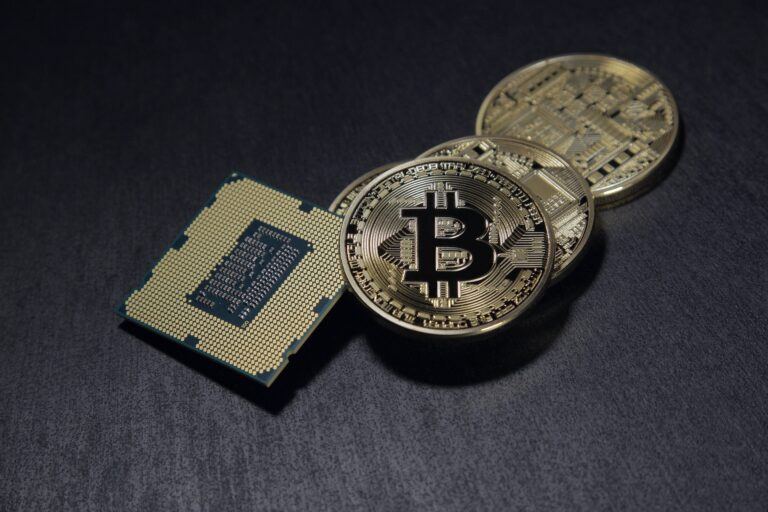Yesterday (October 4, 2018), SegWit usage on Bitcoin has jumped to 53.82% of transactions.
This represents an all-time high for SegWit use, which has been steadily climbing since the launch of the soft fork last year.

You can find the detailed chart here. (To view real-time data, make sure your chart is set to “1-day rolling average,” instead of the default of 7.)
As you can see from the chart, SegWit growth has been slow and steady. SegWit usage didn’t crack 30% until seven months after the fork, in March of 2018.
This new all-time high represents substantial growth for SegWit. Considering that the upgrade was optional, many users have not upgraded to SegWit yet, but as time goes on, more and more wallet providers are changing their wallets over to SegWit.
And it looks as though their work is paying off: thanks to the SegWit upgrade, Bitcoin fees have been slowly shrinking.

You can view this chart of transaction fees over time on bitinfocharts.com.
What’s SegWit?
SegWit, a truncation of “Segregated Witness,” is a somewhat controversial upgrade to the Bitcoin network that was implemented via a soft fork on August 23, 2017.
“Soft fork” means that any wallets upgrading to SegWit will still be compatible with the rest of the non-SegWit network. This is the opposite of a hard fork, like Bitcoin Cash or Bitcoin Private, that is not backwards-compatible.
The goal of SegWit is simple: transactions using SegWit will be split into two segments: the original section (sender & receiver information) and the witness section (scripts & signatures). By splitting the two, fees would be reduced -as less data would be used per transaction.
In addition, SegWit fixes transaction malleability. Previously, transaction IDs could be changed after the transaction was sent – and SegWit eliminates this possibility.
Transaction malleability was a subastantive problem that prevented the Lightning Network from launching on Bitcoin, but now that it has been fixed, Lightning Network development is rapidly increasing.
Segwit Debate
SegWit sounds great, but not everyone agreed to the changes at the time.
Bitmain, the largest mining hardware manufacturer in the world, opposed SegWit. Although not cited by the mining hardware giant in their objection, SegWit would break Bitmain’s “ASICBoost”: ASICBoost is a software that enables bitmain miners to mine bitcoin at a rate 20-30% faster than their competitors.
Due to the rejection ASICBoost, and the disagreement about increasing the block size, Bitmain and others chose to move away from the originalthe Bitcoin blockchain, to create the hard fork now known as Bitcoin Cash (BCH).








